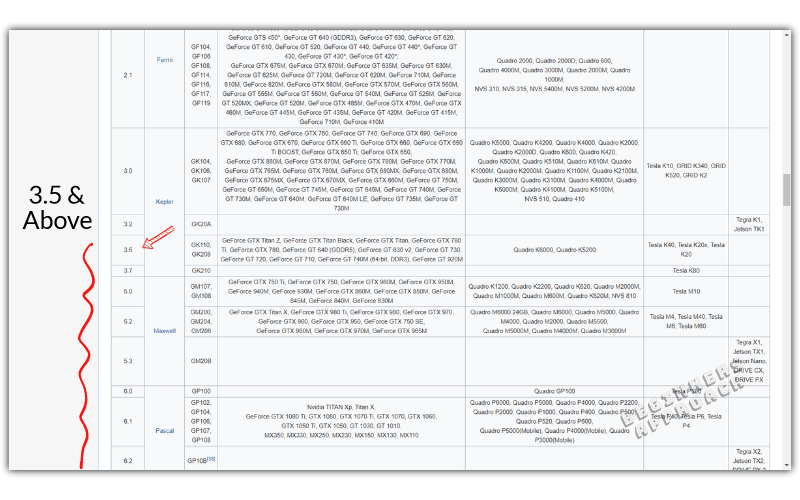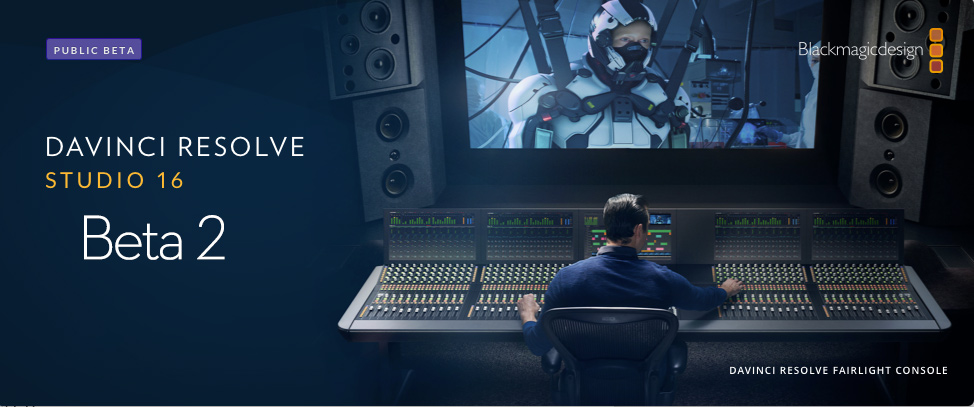
- #DAVINCI RESOLVE LITE GPU PROCESSING MODE 1080P#
- #DAVINCI RESOLVE LITE GPU PROCESSING MODE FULL#
- #DAVINCI RESOLVE LITE GPU PROCESSING MODE SERIES#
Resolve’s “Optimized Media” tool allows you to create low res proxy media from selected source clips in your media pool, which are then managed automatically. Resolve 12 gives you a few tools to seamlessly create and manage these temporary proxy media files without requiring you to relink or reconform your timeline manually.


Without increasing hardware performance, the only thing that will make real-time playback possible is to temporarily substitute the source native camera media with a lower resolution, less hardware intensive copy or “proxy” of the source media. If one or more of these steps can’t keep up, Resolve will not be able to deliver your real-time frame rate.
#DAVINCI RESOLVE LITE GPU PROCESSING MODE FULL#
#DAVINCI RESOLVE LITE GPU PROCESSING MODE 1080P#
It could also be 4K ProRes 4444 XQ or 1080p ProRes 422. By “native”, I mean original camera source media that has not been transcoded into some kind of more manageable “proxy” media first.Īt the high-end this could be 4K – 6K (soon 8K) camera RAW, it could be 4K DPX frame sequences from scanned film negative, CinemaDNG RAW or OpenEXR frame sequences. Few people realise just how much we are expecting from a system such as Resolve when it comes to fluid real-time native playback of very high resolution, complex digital video formats. We live in an instant world, and we expect instant response from our technology. I use the word manageable, because these tools will not directly speed up your system, but they do help you manage your hardware limitations, and can ensure real-time performance where it’s most important at the cost of some rendering time. If your system is lagging and you’re not able to upgrade your hardware, there’s a few ways to make your Resolve experience a bit more manageable. Thankfully there are some clever tools built in to make sure you can still get the job done when Resolve starts to slow down. It also has a greedy appetite for GPU power.

Just because it’s free, a lot of people assume it’s going to be easy to run and that’s far from the truth.DaVinci Resolve 12 is the most powerful version yet of the industry’s most loved finishing tool. This is the main issue with a lot of hardware that is currently trying to load up Resolve.
#DAVINCI RESOLVE LITE GPU PROCESSING MODE SERIES#
The earliest date and hardware that supported OpenCL 1.2 is AMD’s A-5 Series APUs from 2012, which, if you do still run these and are currently trying to load up Resolve, please just stop and look at our specifications page for our recommendations for whole upgrades. NVIDIA’s CUDA is simply an alternative, but the proprietary version of it with its own benefits.īut what do you do if you see DaVinci Resolve to throw up an error about not finding a card?ĭaVinci Resolve requires OpenCL 1.2 minimum, meaning that if you don’t have hardware that’s from at least 2012, you’re probably out of luck. Most commonly, it’s found in various video and graphics software, or 3D programs like Blender. It’s intended for use in multiple applications to use the computing power available in a graphics card. OpenCL is a framework developed and maintained by Khronos Group. NVIDIA cards can do OpenCL, but it’s always just best to choose CUDA.

OpenCL is the alternative to NVIDIA’s CUDA, a system designed to support other graphics cards from AMD or Intel. Loading up DaVinci Resolve only to be met with an error stating that there’s no OpenCL GPU? This might be a harsh thing to know, but it might potentially be time to upgrade.


 0 kommentar(er)
0 kommentar(er)
